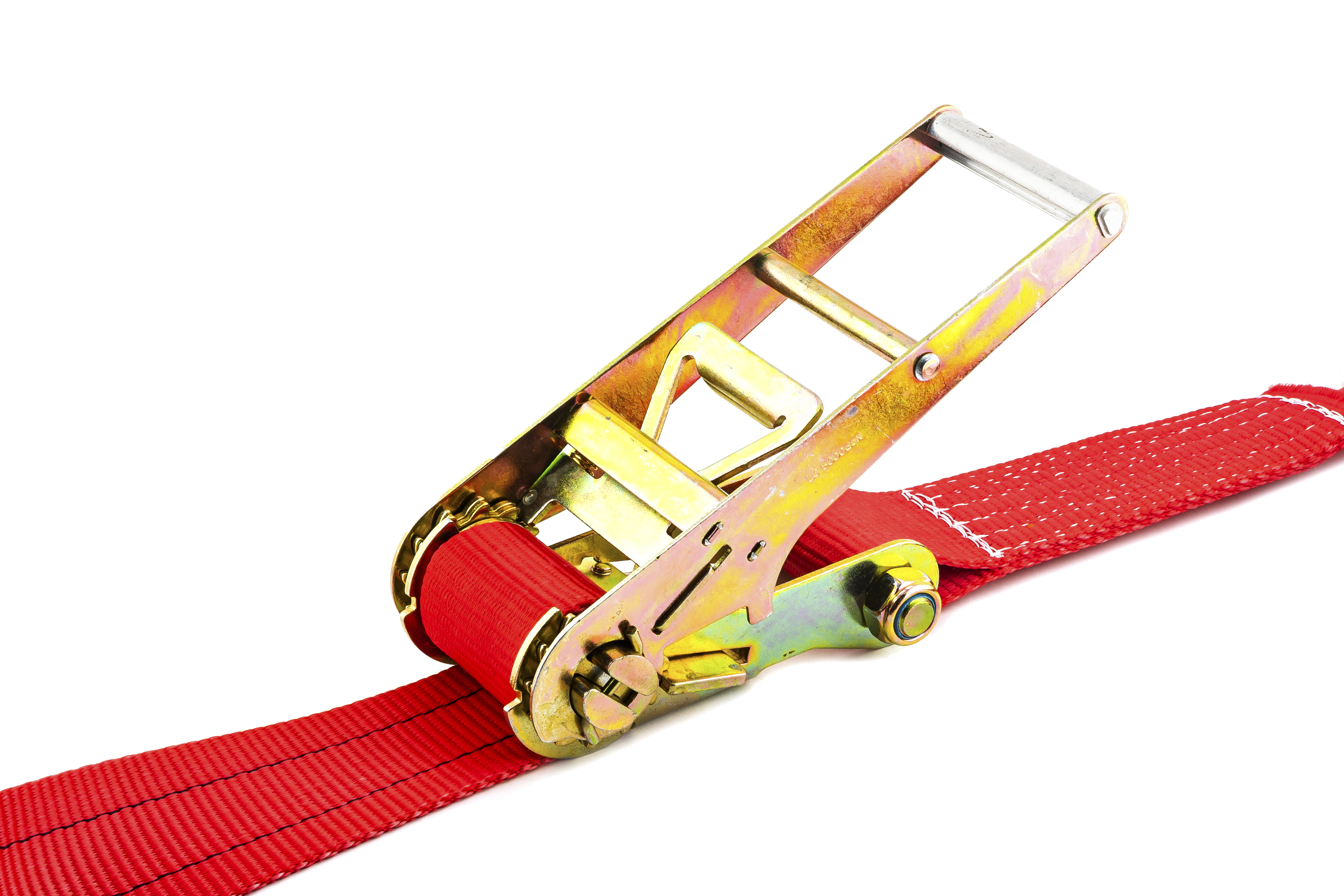Thanks for signing up!
Join Our Newsletter
Receive the latest news on new promotions, exclusive offers, and new arrivals.
by test tester • April 15, 2025
Ratchet lifting straps are indispensable tools in various industries, ensuring the safe and efficient transportation of goods. Their ease of use, coupled with their ability to secure heavy loads, makes them a staple in shipping, construction, and many other sectors.
However, understanding the different types of ratchet lifting straps, their weight capacities, and adhering to safety guidelines are paramount for maximizing their effectiveness and preventing accidents.

The world of ratchet lifting straps encompasses a variety of types, each designed to meet specific needs. Generally, cargo straps can be categorized based on their construction and intended use. The most common type features a durable webbing material, crafted from polyester or nylon, known for its strength and resistance to stretching.
Common end fittings include J-hooks, S-hooks, flat hooks, and D-rings. USA Ratchet offers each of these hook styles, all built with reinforced stitching and corrosion-resistant finishes that meet industry safety standards.
When choosing a ratchet lifting strap, understanding its working load limit (WLL) is crucial. This parameter indicates the maximum weight a strap can safely hold. Heavy-duty straps boast a higher WLL, making them suitable for securing heavy machinery, construction materials, and other substantial loads. Conversely, light-duty straps, with a lower WLL, are better suited for smaller items, such as furniture, appliances, or camping equipment.
Here's a table highlighting the key differences:
| Feature | Heavy-Duty Straps | Light-Duty Straps |
| Webbing Width | 2 inches or more | Up to 2 inches |
| WLL (in lbs) | 5,000+ | Up to 5,000 |
| Common Use Cases | Heavy machinery, construction materials | Furniture, appliances |
Selecting the right strap based on your needs and the weight of the load ensures both efficiency and safety.
Always verify the Working Load Limit stamped on the strap’s label—and if you choose USA Ratchet products, that WLL is clearly marked for quick reference.
Beyond the standard ratchet lifting straps, specialty straps cater to unique needs, offering specialized attachments and features. These straps cater to delicate cargo, oddly shaped items, or require a more tailored approach to securement.
Some common examples of specialty straps include:
These specialized straps demonstrate the adaptability of ratchet straps, ensuring safe and secure transportation for a wide range of cargo. Always consult with experts or refer to the manufacturer's guidelines when choosing and using specialty straps.
For a detailed overview of ratchet strap components and applications that complement lifting strap knowledge, check out What Is a Ratchet Strap: A Comprehensive Guide.
Ratchet lifting straps are versatile tools that offer secure and efficient load securing solutions. Whether you opt for heavy-duty or light-duty straps, understanding their differences and applications is crucial.
Specialty straps cater to unique lifting needs, ensuring safety and effectiveness. Proper use and adherence to weight capacity guidelines are essential for optimal performance. Remember to replace straps as needed to maintain safety standards.
Ready to haul with confidence? Check out the complete selection of our products today and gear up for your next job!
Using ratchet lifting straps properly involves attaching them securely to designated anchor points on your vehicle or trailer. Always verify the strap's working load limit (WLL) suits your load and tighten it using the ratchet mechanism. Adhere to all safety guidelines for safe and effective use.
The maximum weight capacity, indicated by the Working Load Limit (WLL) in lbs, varies depending on the strap. Always choose a strap with a WLL that meets or exceeds the weight of your load. Never exceed the WLL as it compromises safety.
In the US, while specific regulations might vary by state, always adhere to the Department of Transportation (DOT) guidelines for cargo securement. This includes using straps with a WLL appropriate for the load and following proper securement techniques.
Regular inspection of your ratchet lifting straps is crucial. Replace them immediately if you see any signs of damage, such as cuts, fraying, or a malfunctioning ratchet mechanism. Frequent inspection and timely replacements help avoid potential accidents and ensure safety.
Copyright © 2025 USA Ratchet